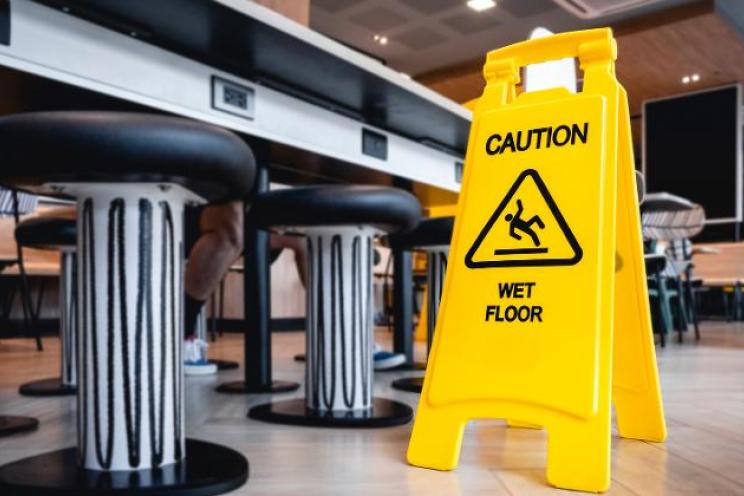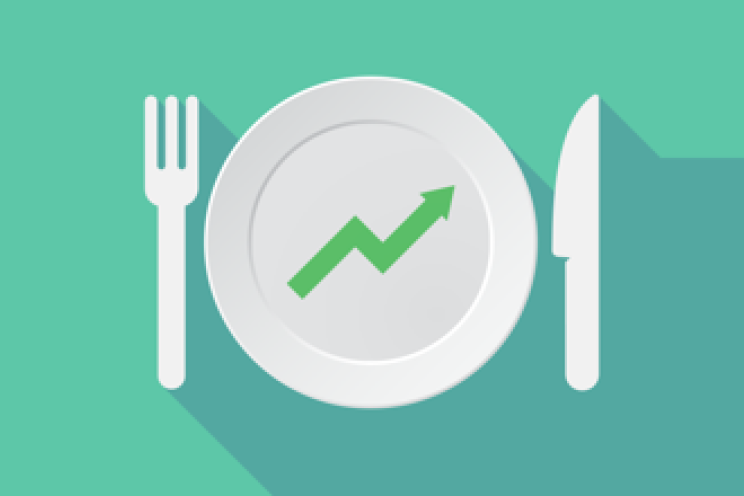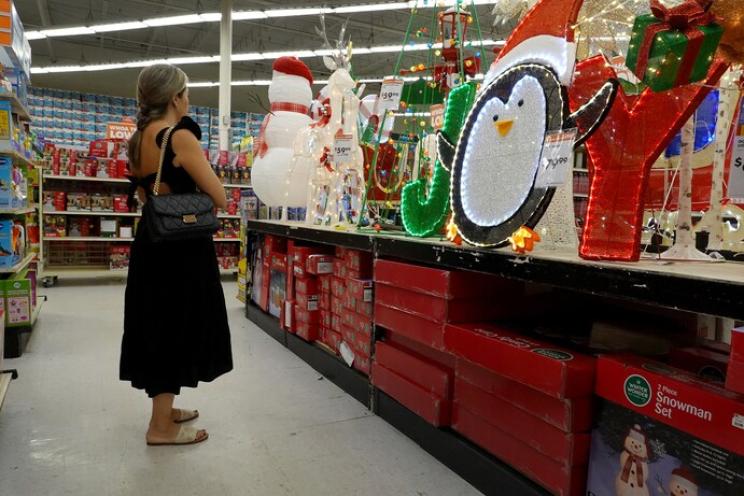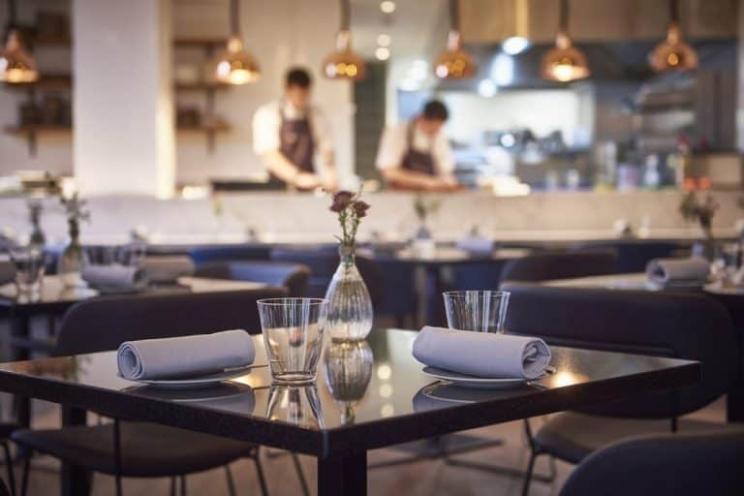
What are top restaurant benchmarks to use to evaluate your performance?
Restaurant profitability can be measured on several metrics just like any other business. You need to understand how well your restaurant is performing but you need to choose the metrics that best suit your scope of business.
What is restaurant benchmarking?
Restaurant benchmarking is the process of evaluating your restaurant practices and services against industry standards using a set of metrics that enable you to assess the restaurant's financial health.
Benchmarks are important to know in which area to dig deeper for more analysis and answers.
What are the most important restaurant benchmarks you should rely on to evaluate your business?
Prime cost
The labor cost and the cost of goods sold (COGS) that is directly related to the production or selling of the products is a critical metric to observe because it gives you the expense of making and representing a dish to the customer.
It gives you a clear indication of whether you need to decrease your costs and on which areas to focus.
Your goal of decreasing the costs should be realistic and measurable. You should aim for around 60% of total food and beverage sales with slightly higher costs for full-service restaurants than quick-service restaurants.
Changing your portions, the ingredients, or rescheduling the shifts of your employees that affect their salaries might be among the solutions to decrease your costs.
Revenue per seat
How much money does each seating in the restaurant bring you?
Of course, the concept of your restaurant and the food you sell affect the revenue generated by each seat.
To increase revenue there are several ways like upselling, training your employees to sell more profitable items, and using menu engineering to pace platters on the menu in a more profitable way.
An important tip is to organize your floor plan so that you can seat as many customers as possible.
Incorporate relevant promotions that attract more traffic and urge them to spend more.
Profit margin
As you need to know your prime costs, you should also know your profit margin to know where you are standing at.
The profit margin refers to the amount of profit expressed as a percentage of annual sales.
Restaurants have normally lower profit margins than other businesses so any profit margin that is between 3% to 5% is considered good. This percentage is higher for restaurants that have lower operating costs like food trucks or virtual restaurants.
This percentage varies depending on the style and concept but it remains a very powerful metric you can use to evaluate your operation and well-being.
Table turnover
How often is your table occupied during a period?
While slower turnovers don’t necessarily mean a bad thing since customers are more likely to add to their bill, we still need some movement in the tables and we also like to see a total occupancy during operating hours.
Since you don’t need your guests to just camp in their place, train your staff to politely give them the check after making sure they’re done ordering.
In recent years, people tend to sit more after finishing their food, especially on their smartphones. Your employees should be trained to offer them coffee or tea options along with dessert or simply imply to them that they need the seats by preparing their bills.
Customer satisfaction
Focusing on customers needs to be your main focus. It is measurable through different ways like reviews, repeated business, the word of mouth, and much more.
Surveys are a useful tool to learn about customers’ opinions and levels of satisfaction so use them to know your weaknesses and strengths.
Restaurant benchmarks are important to evaluate your business and to know where you’re standing at.
Use them to check your overall well-being and to know where you need to perform more analysis.





